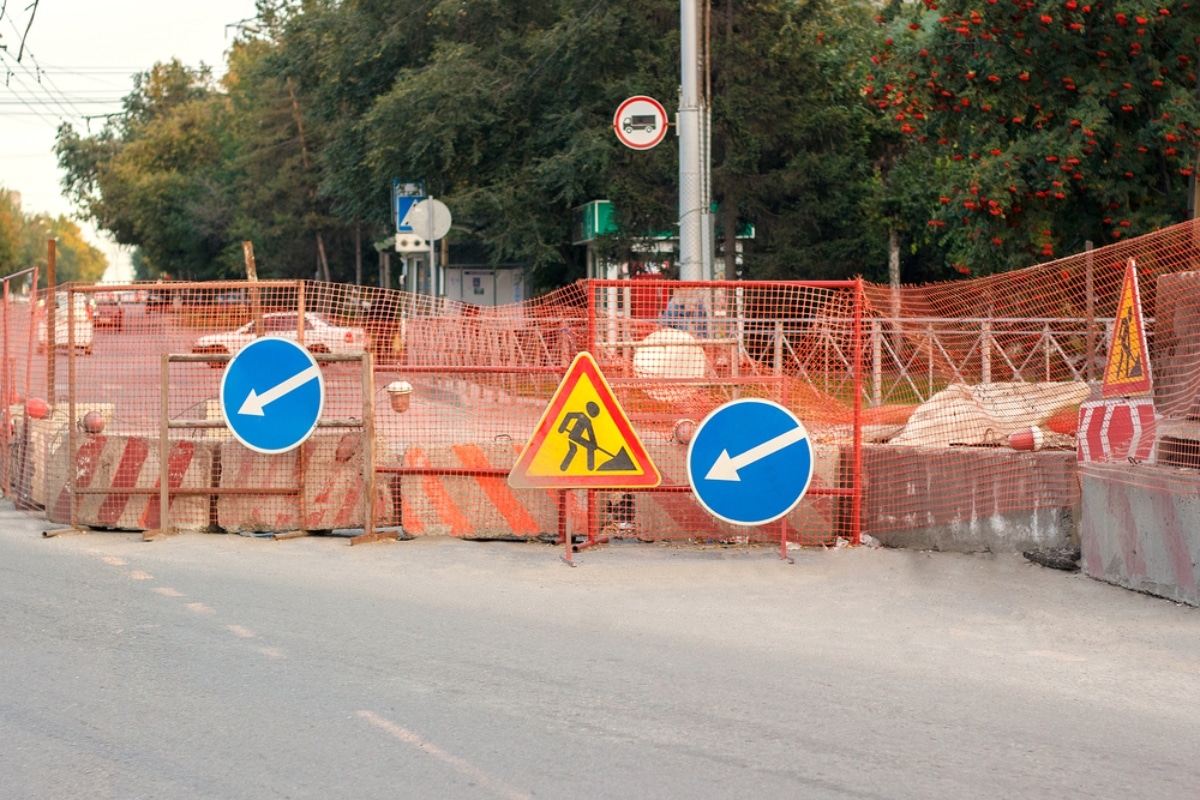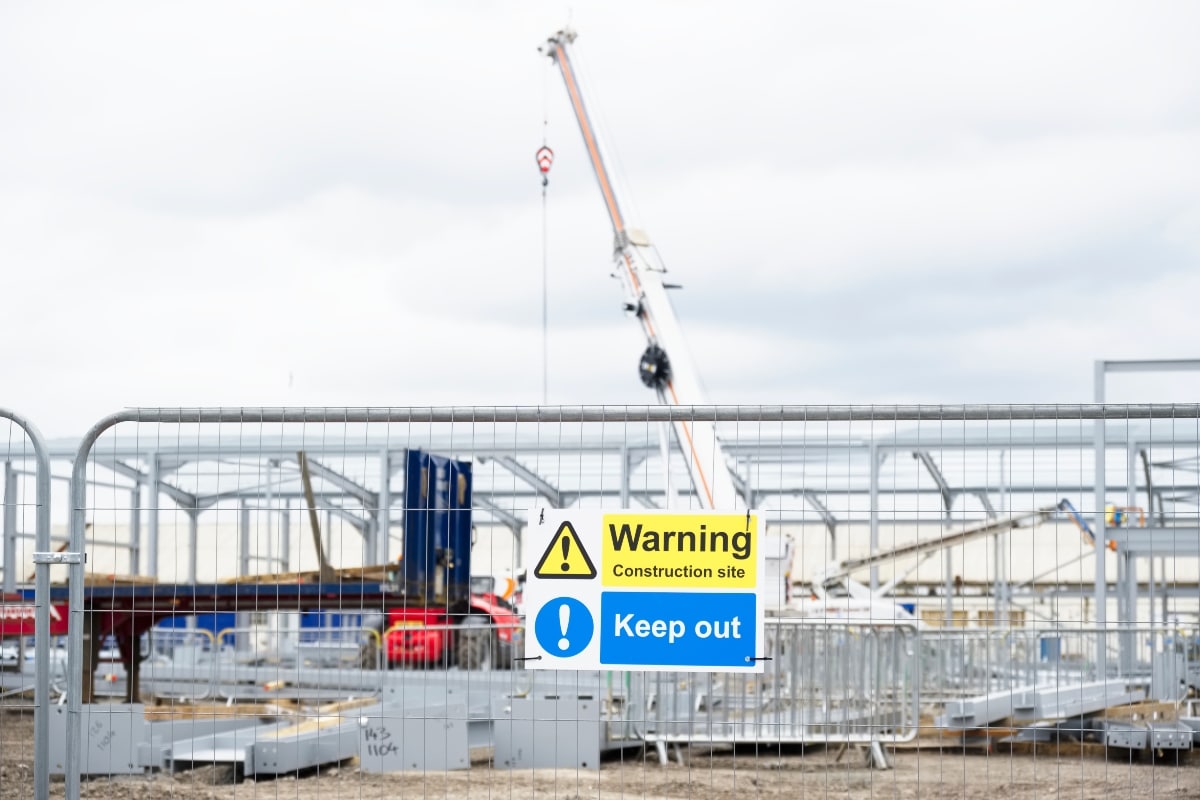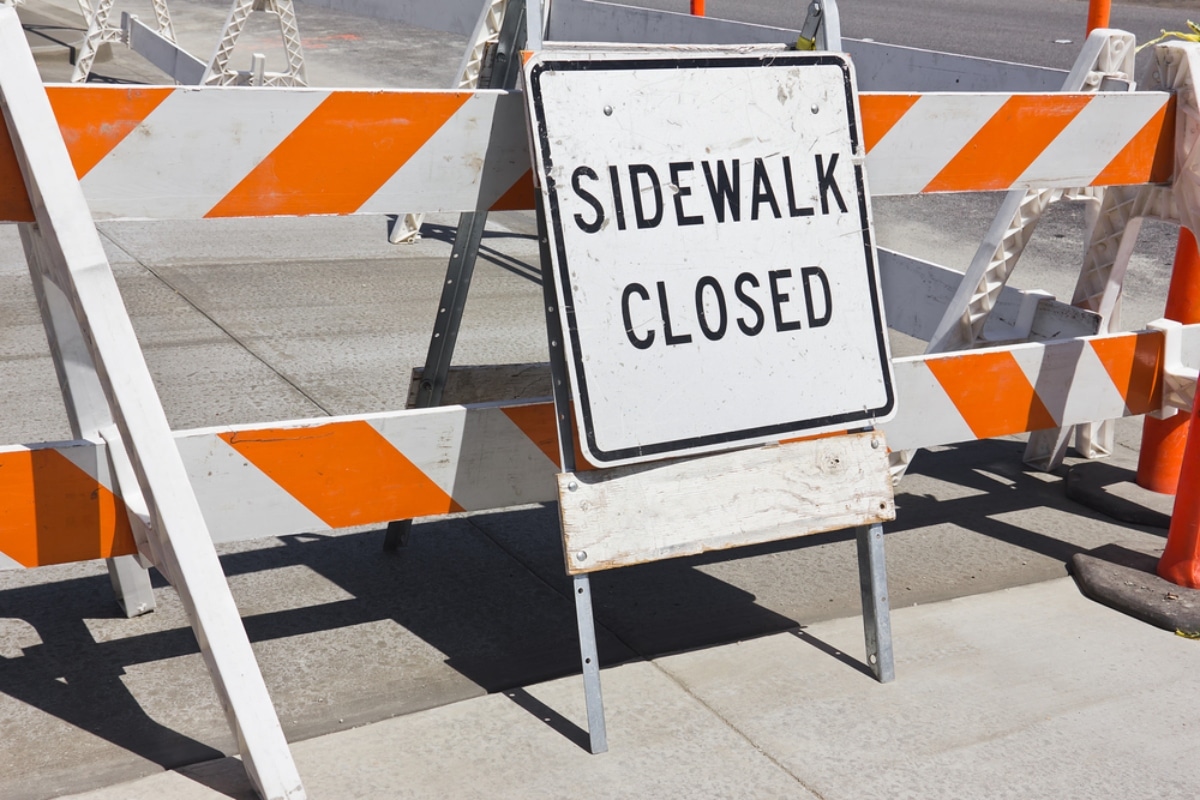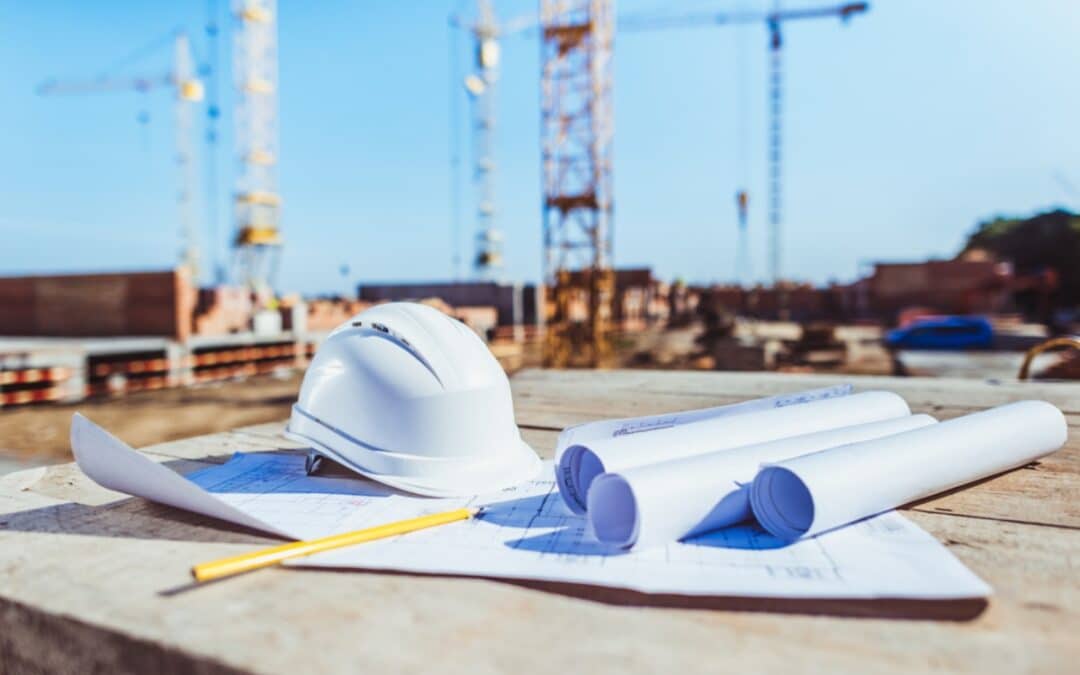Construction zones can cause significant disruptions to the surrounding traffic flow, posing risks to workers, pedestrians, and motorists. As such, it is crucial for companies to develop an effective construction traffic management plan that takes into account the unique characteristics of each site and the needs of the surrounding community.
A well-designed traffic management plan can help to minimise disruptions and ensure the safety of workers and the public.
In this article, we will discuss the key steps involved in creating construction traffic management plans for sites including using temporary fencing to block off the area, as well as some best practices that construction companies can follow to develop effective plans.
We will also examine some of the benefits of effective construction traffic management plans and the potential consequences of inadequate planning.
The importance of a traffic management plan
An essential component of any project is having a construction traffic management plan for sites. This plan is designed to manage the flow of vehicle traffic and pedestrian movements around construction work, ensuring the safety of personnel and the public, and minimising disruptions to the surrounding community.
One of the most significant benefits of having a traffic management plan is that it helps to reduce the risks of accidents and injuries.
Construction sites can be dangerous places, and the presence of worksite machinery, construction materials, and workers can create hazards for both motorists and pedestrians.
Adopting strategic traffic management plans can help to minimise the impact on neighbouring communities while keeping roads and highways running smoothly. Construction projects can cause traffic congestion, noise pollution, and other disturbances that can affect nearby residents and businesses.

By carefully managing traffic flow and communicating with stakeholders, construction companies can minimise these disruptions and maintain positive relationships with the community.
In addition to promoting safety and reducing disruptions, traffic management plans can also help to improve the efficiency of the construction project. By carefully planning traffic flow and minimising disruptions, construction companies can ensure that workers and materials can move freely and efficiently around the site, leading to faster completion times and lower costs.
Process of creating a traffic management plan
Construction projects are bustling hubs of activity, with a steady stream of machinery and personnel coming in throughout the day. This is why creating a traffic management plan for construction sites is a crucial step in ensuring the safety of workers, motorists, and pedestrians and minimising disruptions to the surrounding community.
However, developing an effective plan requires careful consideration of a wide range of factors, including traffic volume, site conditions, and the needs of local residents and businesses.
1. Conduct a site assessment
Conducting a site risk assessment is the first and most critical step in creating a traffic management plan for a construction site.
During the site assessment, the construction team should first review the construction plans and identify potential construction phases and their impacts on traffic flow.
Then, they should analyse the expected volume of traffic and pedestrians and assess the existing traffic flow patterns.
- The team should also consider the existing road and sidewalk conditions, such as the width and capacity of the lanes and the presence of cycling paths and pedestrian crossings.
2. Develop a traffic management plan

Develop a traffic management plan that includes details on the measures identified in the previous step. The plan should also take into account the needs of local residents and businesses, and efforts should be made to minimise disruption to their daily routines.
One of the primary measures for construction traffic management plans that can be implemented is to establish a construction zone.
- This can involve using traffic management equipment and setting up construction site fencing and barriers using signage, and cones to create a dedicated area for workers and vehicles, separating them from the rest of the traffic. This can help to reduce the risk of accidents involving pedestrians or motorists and help to keep workers safe.
- Other measures may include implementing temporary traffic signals, speed limit reductions, or lane closures to ensure the safe flow of traffic around the construction site.
- It may also be necessary to establish temporary pedestrian barriers or reroute bike lanes to ensure that all pedestrians and cyclists can safely navigate around the construction site.
- The construction team should also consider implementing measures to manage the flow of construction vehicles in and out of the site. This may involve printed corflute signs identifying designated construction vehicle entrances and exits and establishing a specific route for heavy vehicles to take to minimise disruption to the surrounding community.
- Additionally, it is essential to consider the needs of emergency services vehicles such as fire trucks, police cars, and ambulances. The traffic management plan should ensure that these vehicles have unimpeded access to the construction site at all times.
3. Consult with stakeholders
Consultation with stakeholders, including local authorities, transportation experts, workers, residents, and businesses in the area.
This will help to ensure that the plan is effective, and it will also provide an opportunity for feedback and suggestions.
4. Communicate the plan
Once the plan is developed, it should be communicated clearly to all stakeholders. This may involve the use of signage on construction sites, public announcements, and social media updates.
5. Implement and monitor the plan
Once the plan has been implemented, it is important to monitor its effectiveness regularly. This may involve conducting regular site inspections to ensure that all traffic management measures are being implemented as intended and identifying any areas where improvements can be made.
The construction team should also monitor traffic flow around the construction site to ensure that traffic is moving smoothly and that any congestion or delays are being addressed promptly.

In addition to monitoring traffic flow and setting up safety fencing, it is important to monitor the behaviour of workers and the public around the construction site. This includes ensuring that workers are following the traffic management plan and using the designated areas for construction activities.
If any issues or risks are identified during the monitoring process, the construction team should take prompt action to address them. This may involve adjusting traffic management measures, communicating with workers and relevant stakeholders to ensure that the plan is being followed correctly, or making changes to the construction schedule to minimise disruptions.
6. Update the plan as needed
The traffic management plan should be updated as needed to ensure that it remains effective and up-to-date. This may be necessary if there are changes to the construction site or if there are changes in traffic patterns in the area.
Construction companies can ensure the safety of workers, pedestrians and other road users by creating well-crafted traffic management plans.
Following these steps will help minimise disruption during construction projects while protecting all parties from potential risks.
Keep pedestrians safe and restrict construction vehicles with TTFS temporary fencing
TTFS temporary construction fencing products are designed to provide maximum security and safety for your site, ensuring that your workers, equipment, and materials are protected from potential theft or damage.
Whether you need temporary fencing, hoarding, or barriers, TTFS can provide you with the perfect solution to meet your needs.
So if you’re ready to enhance the security and safety of your construction site, contact our experienced team today on 1300 841 782 or fill in an enquiry form.


Recent Comments